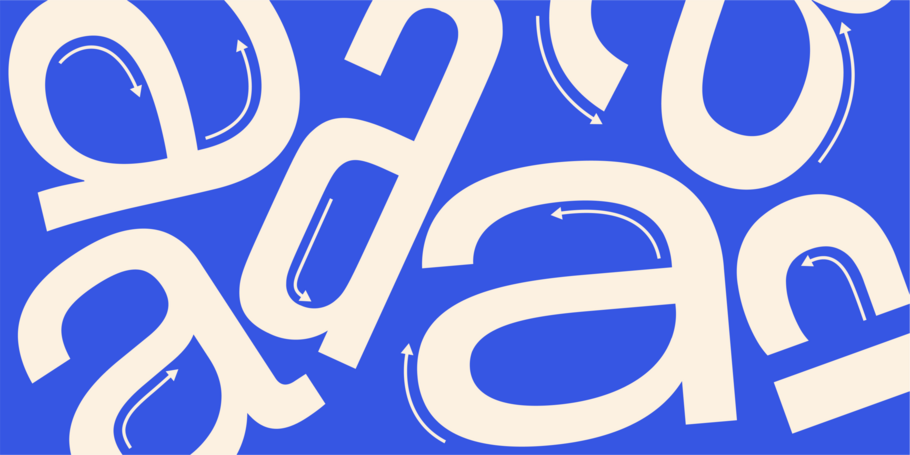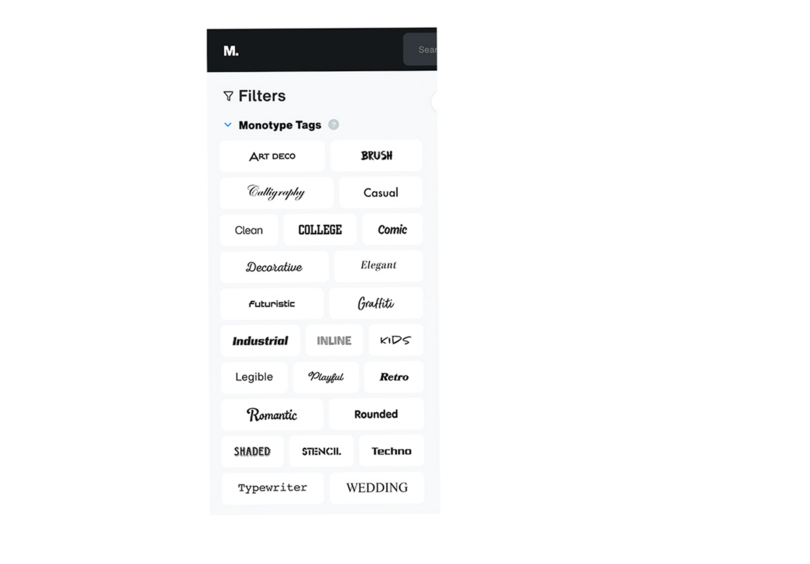Cracking the code: How foundries can harness SEO to boost their online visibility.

If you find the abundance of jargon surrounding search engine optimization (SEO) intimidating, you’re not alone. But you don’t have to be an expert to use SEO to improve your brand’s visibility, generate more sales, and grow your business.
Read on and we’ll explain why taking the time to optimize your foundry’s pages and improve your standing in search results is well worth the effort.
What Is SEO?
SEO is the process of improving your webpages’ visibility and discoverability on search engines, fine-tuning your content so it appears higher on search engine results pages. These earned traffic(AKA “organic”) search results can significantly increase high-quality traffic to your webpages, raising the profile of your foundry and its fonts.
Search engines scour the internet to locate what their searchers are seeking and present results in order of relevance. Optimizing your pages’ content and structure based on what people—and, by extension, search engines—are looking for will help your foundry and its fonts appear higher and more often in search results, both on external search engines and in searches of Monotype Fonts and MyFonts.

Why Is SEO So Valuable for Foundries?
As a Monotype foundry partner, you control what’s on your Foundry Platform account, including the descriptions of your foundry and its fonts. The content of these descriptions significantly affects your visibility on external search engines (like Google and Bing) and in user searches of Monotype Fonts and MyFonts.
When your Foundry Platform pages appear in organic search results, it’s basically free advertising—so it’s definitely worth the extra investment of time and energy needed to optimize your content.
SEO also offers several key advantages over paying for ads:
-
Most online traffic is driven by search engines, not by paid ads or social media.
-
Because searchers perceive organic search results as more trustworthy than paid advertisements, they’re much more likely to click on them—a measly 2.8% of US-based searchers click on paid ads.
-
Unlike other forms of online advertising, SEO doesn’t require ongoing investment to continue drawing visitors to your webpages. Once your content is well optimized, your site’s traffic has the potential to continue growing exponentially without further intervention.
Convinced that SEO has the power to take your brand to the next level? Keep reading for our tips on optimizing your Foundry Platform content.
Optimizing Your Content for Organic Searches
Effective SEO isn’t a purely technical skill. You should have a sense of what potential font buyers are looking for, especially the kinds of search terms they’re using to find fonts. This way, you can cater your content to what font customers are seeking and gain visibility in search results.
Here are some easy ways to start building a strong organic search strategy for your brand:
-
Compelling product descriptions: This is how customers learn about your font’s design, what it has to offer, and what sets it apart. Writing font descriptions is an opportunity for your foundry to demonstrate its expertise, describe font features, and inspire customers to make purchases. Here’s some more detailed guidance on font description best practices.
-
Unique foundry attributes: Focus on your designers’ educational backgrounds, professional experience, and design philosophies. For further advice, check out our article on writing a type designer biography.
-
High-quality font images: As a rule, better font marketing images lead to more font sales. Customers are drawn to simple yet aesthetically appealing images that showcase examples of a font in use, which help them imagine what their own work using that font might look like. They also provide search engines with relevant content to index, increasing the chances of your fonts appearing in search results. Take a look at our advice on font images best practices for more recommendations.
Incorporating SEO principles into your Foundry Platform content provides external search engines with the best possible information to index your pages and display them to potential customers.
Keywords & Tags
Optimizing Keywords
When you’re writing font family descriptions, font details, and your foundry’s “about” section, keep these best practices in mind:
-
Be strategic: Search engines are scouring your font’s details, family description, and foundry info for relevant keywords.
-
Use natural language: Think about the words and phrases your customers would naturally search for while exploring the internet—for instance, “fonts for Instagram” or “wedding invitation fonts.”
-
Keep it relevant: Keywords define your foundry’s brand and font families, helping search engines understand who to show your content and when to do so.
-
Write for humans: Overusing similar keywords degrades the user experience and won’t trick search engines. Your content should sound natural.
Implementing these strategies will not only improve your foundry’s content, but also amplify your online presence so you can reach your target audience more effectively.
Tags for Discoverability
Keywords are targeted for external search engines to introduce new customers to your foundry on MyFonts. Once customers are on MyFonts or Monotype Fonts, tags increase your fonts’ visibility in Monotype’s search and discover features.
Here are some proven strategies for using tags effectively:
-
Start with Monotype’s recommended tags: Before entering a new tag of your own, try using Monotype’s preexisting tags, which avoid common pitfalls of incorrect tagging and are proven to reflect the platform’s most popular searches. Here are some examples of Monotype tags:

-
Use associated words or qualities: This might require you to do some creative brainstorming. For example, if your font has summery vibes, potential tags might include not only “Summer,” but also “Beach,” “Sunshine,” and “Surfing.”
-
Capitalize tags: Capitalized tags that use sentence case create a better user experience—capitalization helps readers to scan quickly for relevant information.
-
Don’t forget to spellcheck: Customers looking for fonts like yours won’t find them if you misspell the tags they’re searching for. For example, if you try to label a font “Romantic” but misspell the tag, anyone searching for romantic fonts won’t even see your font listed in the search results—leading to lots of missed sales opportunities.
-
Avoid variants of the same words: The redundancy created by many similar tags can confuse customers and make your fonts less searchable. For instance, if you’ve already added “Sports” to your font’s tags, you don’t need to add “Sport.” Here’s an example of what excessive tagging looks like:

Embracing SEO isn’t impossibly challenging, and it can help foundries gain a major competitive edge by increasing your online visibility and drawing targeted traffic from potential customers to drive long-term business growth.